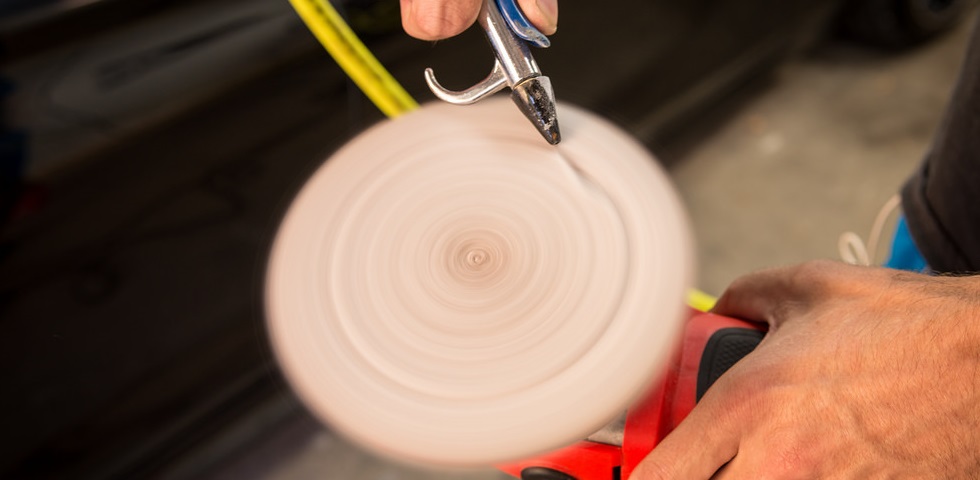While pad cleaning is not a new topic, I still get many questions about it, therefore I figured it was a good idea to discuss the topic again. There are already some great articles on general pad cleaning that should be reviewed (see Pad Cleaning During and After Polishing by Ivan Rajic & Pad Cleaning Using a Power Washer by Greg Gellas), but I wanted to focus on another way to clean microfiber pads while you’re working.
As discussed in the articles linked above, cleaning your pads is a very important part of the detailing process. As you are working, paint residue and used compound/polish will build up on the face of the pad. As this residue accumulates on the pad, it will lead to more dusting and inconsistent results as the pad will no longer perform as it did when it was clean. This is true for foam pads or microfiber pads. It is important to continuously clean the pads as you are using them (often referred to as “cleaning on the fly” which I believe was coined by Mike Phillips) and then to do a thorough cleaning once you are finished using them so they will be ready to go for your next project.
Microfiber pads are most commonly used for cutting/compounding in order to remove heavier defects from the paint. Throughout this process, the fibers of the pad become matted and clogged with spent product and paint as seen in the image below. The pads need to be cleaned in between each section to improve your results and increase pad life.
A pad cleaning brush is frequently used to brush the fibers in order to stand them back up and to remove some of the accumulation from the face of the pad, however I have found that an even better method of cleaning is to simply use compressed air. Simply attach a blower nozzle to the air hose, and use the strong stream of air to spin the pad on your machine and blow out all of the residual product and paint from the face of the pad. Please note that gear driven machines will not spin when blown with air, but you can still use air to blow out the fibers with the pad stationary.
I have found cleaning with compressed air is considerably easier and provides better results than cleaning with a brush. I also find this to be beneficial with brand new pads to blow away loose fibers and even pads that have already been thoroughly washed as they can still have a considerable amount of dust in them after drying.
This has become my go-to method for cleaning my microfiber pads on the fly. It has allowed me to use the pads for longer periods of time as they will remain much cleaner throughout the detailing process and has also helped to drastically reduce dusting caused by product buildup on the face of the pad which leads to less cleanup time after correction.
If you find yourself using microfiber pads often, I highly recommend giving this cleaning method a try if you haven’t already.
